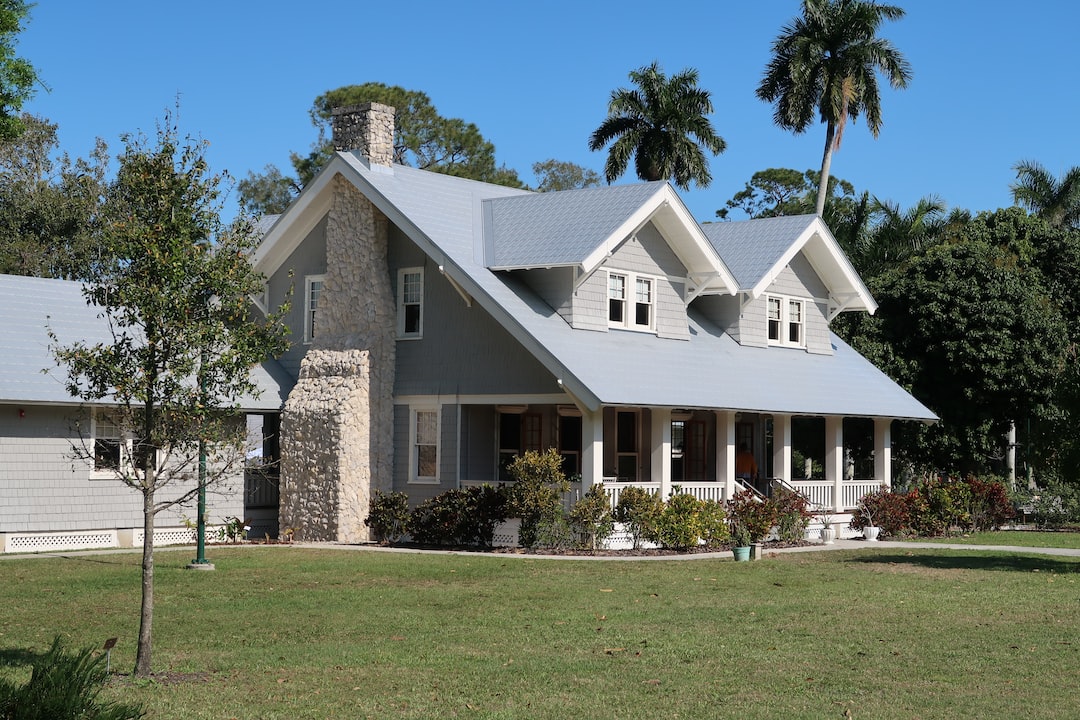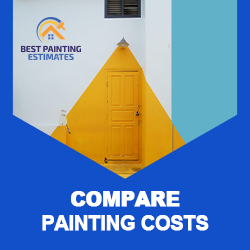
Residential Painting Costs: A Comprehensive Guide for Homeowners
Refreshing your home’s appearance with a new coat of paint can make a world of difference. However, understanding residential painting costs is crucial to ensure you stay within your budget while getting the best results. This comprehensive guide will help you navigate the world of residential painting costs and make informed decisions for your next home makeover.
Interior Painting Costs
Interior painting can be a relatively affordable way to transform your home’s look and feel. Various factors influence the cost of interior painting, including the size of the space, the complexity of the project, and the quality of the paint and materials used.
Factors Affecting Interior Painting Costs
- Room size: The size of the room directly impacts the cost of painting, as larger rooms require more paint and labor.
- Paint quality: Higher-quality paint typically costs more but offers better coverage and durability.
- Prep work: The amount of prep work needed, such as repairing damaged walls or removing wallpaper, can increase the cost.
- Complexity: Architectural features, like crown molding or wainscoting, can add to the project’s complexity and cost.
Average Interior Painting Costs
On average, you can expect to pay between $1.50 and $3.50 per square foot for interior painting. This cost includes labor, paint, and supplies. However, the exact cost will depend on the factors listed above.

Exterior Painting Costs
Exterior painting is an excellent way to boost your home’s curb appeal and protect it from the elements. As with interior painting, various factors influence the cost of exterior painting, such as the size of your home, the type of siding, and the paint quality.
Factors Affecting Exterior Painting Costs
- Home size: Larger homes require more paint and labor, increasing the overall cost.
- Siding type: Different siding materials, such as wood, brick, or stucco, require different preparation and painting techniques, which can affect the cost.
- Paint quality: Exterior paint quality is crucial for long-lasting results and protection against weather damage.
- Prep work: Exterior painting may require additional prep work, such as power washing, scraping, and priming, which can add to the cost.
Average Exterior Painting Costs
Exterior painting costs generally range from $1.50 to $4.00 per square foot, including labor, paint, and supplies. As with interior painting, the specific cost will depend on your home’s size, siding type, and other factors.
Additional Costs to Consider
In addition to the painting itself, there may be some additional costs to consider when planning your home painting project:
- Lead paint testing: If your home was built before 1978, you may need to test for lead paint, which can cost between $200 and $400.
- Permits: Some local governments may require permits for exterior painting, which can add to the overall cost.
- Cleanup and disposal: Properly disposing of old paint, supplies, and debris may require additional fees.
Tips for Saving Money on Residential Painting
- Get multiple quotes: Obtain quotes from several reputable painting contractors to compare prices and services.
- Choose the right time: Painting during the off-season (fall or winter) can sometimes result in lower prices due to decreased demand.
- Do some prep work yourself: If you’re comfortable, consider handling some of the prep work, like moving furniture or cleaning surfaces, to save on labor costs.
- Opt for quality paint: Investing in high-quality paint can save you money in the long run, as it typically lasts longer and requires fewer coats.
Understanding the factors that influence residential painting costs can help you plan and budget effectively for your next home makeover. By considering the size of your space, the quality of paint, the amount of prep work required, and the project’s complexity, you can get a clearer picture of the overall cost of your interior or exterior painting project.

Don’t forget to factor in any additional costs, such as lead paint testing, permits, and cleanup and disposal fees. To get the best value for your money, obtain multiple quotes from reputable painting contractors, choose the right time for your project, do some of the prep work yourself if possible, and invest in high-quality paint. By following these guidelines and understanding the various aspects of residential painting costs, you’ll be better equipped to make informed decisions and achieve the beautiful, long-lasting results you desire for your home.
Choosing the Best Type of Paint for Residential Painting
Selecting the right type of paint for your residential painting project is crucial for achieving the best results and ensuring your paint job’s longevity. There are various paint types on the market, each with its unique characteristics and benefits. In this guide, we’ll explore the best types of paint for both interior and exterior residential painting projects and discuss factors to consider when making your choice.
Interior Paint Types
When it comes to interior painting, there are two primary types of paint: water-based (latex) and oil-based (alkyd) paints. Both have their advantages and disadvantages, and the best choice depends on the surface being painted and the desired finish.
- Water-Based (Latex) Paint: Water-based paints are generally easier to apply and clean up, they dry quickly, and they emit fewer odors than oil-based paints. They also come in a wide range of colors. However, latex paint has a shorter lifespan than oil-based paint and it can be less durable and resistant to fading.
- Oil-Based (Alkyd) Paint: Oil-based paints provide a smooth, durable finish and they’re highly resistant to fading and mildew. They also come in a variety of finishes, from glossy to flat. However, oil-based paints are more difficult to apply and clean up, they emit strong odors (so ventilation is important), and they require longer drying times.
Exterior Paint Types
For exterior painting projects, it’s crucial to choose a paint that’s specifically formulated for outdoor use. The most common types of exterior paint are water-based (latex) and oil-based (alkyd) paints, with water-based paints being the most popular choice.
- Water-Based (Latex) Exterior Paint: Water-based exterior paint may be an ideal choice if you’re looking for a durable finish and are concerned about environmental impact. It comes in a wide range of colors, offers great coverage, and dries quickly. However, it may not be as resistant to fading or mildew as oil-based paint.
- Oil-Based (Alkyd) Exterior Paint: Oil-based paints are formulated to stand up to extreme temperatures and resist fading, cracking, peeling, and mildew. They also provide a beautiful finish with excellent coverage. However, they may be more expensive than water-based paints and require longer drying times.

No matter which type of paint you choose for your home painting project, it’s important to read the manufacturer’s directions and follow all safety precautions. By taking into account factors such as the climate of your area, the type of surface to be painted, and the desired finish, you can select the best type of paint for your residential painting project and achieve beautiful results that will last.
Factors to Consider When Choosing Paint
When selecting the best type of paint for your residential painting project, consider the following factors:
- Surface material: Different paint types adhere better to certain surfaces, so choose a paint that’s compatible with the surface you’re painting.
- Finish: Paints come in various finishes, from flat/matte to high-gloss. Consider the desired sheen and durability when making your choice.
- Color: Some paint types and finishes may be more prone to fading or yellowing over time, so keep this in mind when selecting your paint color.
- Environmental factors: If you’re concerned about indoor air quality or the environment, opt for paint with low VOC content and eco-friendly formulations.
- Maintenance: Consider the ease of cleaning and maintenance when selecting your paint. Water-based paints are generally easier to clean and maintain than oil-based paints.
- Budget: Keep your budget in mind when selecting paint, as higher-quality paints typically come with a higher price tag. However, investing in high-quality paint may save you money in the long run due to its durability and longevity.
By considering these factors and understanding the pros and cons of various paint types, you can make an informed decision on the best paint for your residential painting project. Remember that investing in high-quality paint and applying it correctly can make a significant difference in the appearance and longevity of your paint job.
